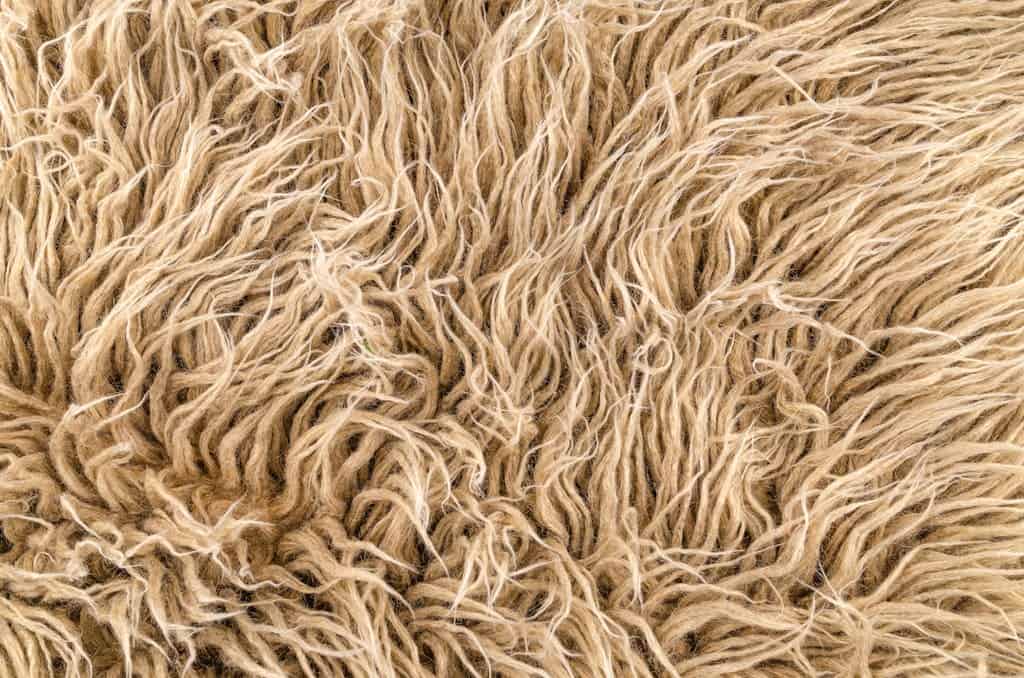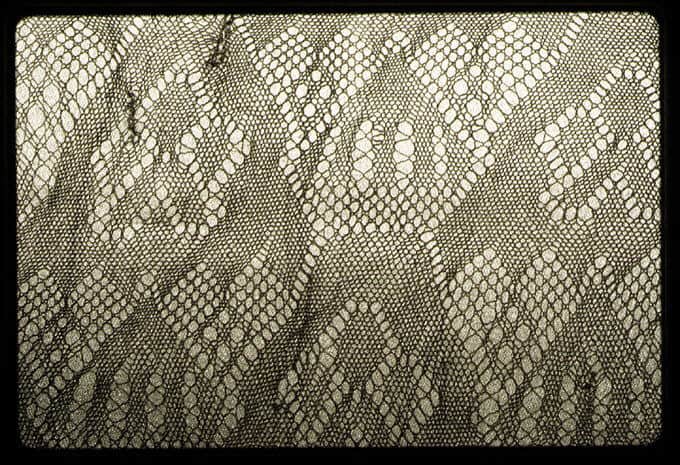- Complete Guide to (57) Almost All Types of Fiber Arts with Photos
- What is Sheep’s wool used for? 53 Great Possibilities
- Yay! the 1 Best Answer to – define the term, fiber. name the four techniques of art that use fiber.
- What is considered fiber art? Expert Answer 5 Little-known Factors
- Mastering Art: How To Make Fabric From Fiber, A Comprehensive Guide
- The Ultimate Encyclopedia of Animal Fiber: Everything You Need to Know
‘Define the term, fiber. name the four techniques of art that use fiber.’
Fast facts. Fiber is an elongated filament similar to a thread. And there are FIVE major techniques: felting, weaving, sewing, string & stick work, and knotting. That is if I have to narrow it down to just five. It’s a bit more complicated than that, if you want to know more, please read on!

Since finishing up my article on all the types of fiber arts I could scrounge up both information and pictures for, I have dutifully been checking my Google Search Console to see if the work that I had produced was in fact answering the questions that people were asking.
For those of you who spend your time more wisely than fretting about SEO targeting, the Google Search Console tool shows you the questions people ask which are calling up your content. I gotta say that I have found this information both remarkable and illuminating.
Which brings me to today’s writing. The title of this article, “define the term, fiber. name the four techniques of art that use fiber.”, happens to be one of the most asked questions that is delivering my writing to you kind readers. So I find myself thinking, what kind of question is that? Is this for a test answer or something?
Color me intrigued. So I got busy doing what I do when I’m curious. I go out hunting for information. When I did just a little research into what Google thought a good answer to this query would include, I was further surprised to find connections to terms like Native American, glass fibers, intaglio and 19th Century.
What a curious group of connections, right? Well that meant just one thing to me, more research was in order! Now I’m going to share the tidbits I learned from this journey, but first, let’s answer that question more fully, and give the people what they pay for, shall we.
Define the term – fiber
The first thing that comes up when you type ‘fiber’ into google is info about, as my grandmother would say, moving your bowels. I’m going on the assumption that’s not what folks want to know in this case. So after I got up off the floor, I checked the dictionary.
Fiber according to the online Oxford Languages dictionary is: “a thread or filament from which a vegetable tissue, mineral substance, or textile is formed.”
Merrium-Webster goes into more detail:
I rather like that last bit “basic toughness and essential structure or character”. But I digress.
I think what we are after here is ‘C’, “a slender and greatly elongated natural or synthetic filament (as of wool, cotton, asbestos, gold, glass, or rayon) typically capable of being spun into yarn”.
That certainly works for me as a definition, and you bet I can make fiber art with elongated continuous filaments, be they natural fiber or synthetic fibers.
Name the four techniques of art that use fiber.
Now, this is also an ambiguous question. Are you asking about fiber art? Or are you asking about art techniques that use fiber? The answers are different. As a technicality all kinds of painting use fiber in paintbrushes. Printmaking often uses fabric. Collage, sure, you can use fiber for that. Photography, sculpture, or digital art? Sure you can make sculpture with wool and fiberglass (more on that in a second). For the other two, well yeah I have to clean up the touch screens and what not from time to time. But really, does that sound like the intent of the question?
So let’s get to the fiber art answer. Folks who have checked out my “Complete Guide to Almost All Types of Fiber Arts with Photos”, should see a problem here. Starting with “The Four techniques”. Four?! What do you mean, four? Much less ‘the four’, like that’s all there is?!
It’s a given that there is considerable waffle room here, yet I have also seen enough fiber arts to know which are the most popular. Going by that heuristic, and after some considered though I came up with FIVE fiber art techniques I think make up the backbone of all fiber arts. They are as follows:
- Felting. I know, I know. Of course I think of felting first, but if you think about it in terms of what art forms we as a species have been doing the longest and what we are still doing in large numbers, that would be felting. Be it with natural fibers, like wool, goat, or alpaca as our ancestors once used, or if we think of it in terms of paper making with cotton pulp to make a thin sheet of watercolor paper, this is a large category of fiber art that is also fine art.
- Weaving. Another foundational fiber art, weaving is a huge source of artwork, where fine craft can be turned into fine art. This category covers your plain weave, satin weave, twill weave, overshot, carpet making and tapestry and much more. Weaving is also the basis for any further textiles or fabric arts. So what that means is that any artwork made with say cotton fabric, other textiles, or even recycled old twill weave denim jeans, that’s also a woven artwork.
- Sewing. Think of a time when our ancestors used sinew to hold fur together to make clothes. So the technique predates even the oldest plant fibers like flax used in fiber craft. Today sewing takes the textiles created with weaving and fashions them into clothes, quilts, mending, appliqués and all the laces associated with open work and cutwork. Sewing also includes embroidery stitch techniques, including needlepoint, crossstitch, stumpwork and more.
- String and Stick work. Think knitting and crochet. These two techniques produce textiles that have unique qualities when compared to woven material. Also they can be worked in 3D. Evidence places stick work as over 1000 years old and likely older given the details in the artifacts that have survived. At the end of the day though, knitting and crochet are still kings. You can find everything you need to knit at Walmart. That’s popularity.
- Knot work. Tools for knot making have been found that are dated at 100,000 years old. Let’s take a moment to stand in awe of our ancestors. That’s amazing! And today knot work is the basis for macramé, rug making, some types of lace, mizuhiki, and quipu to name a few subcategories.
- Basketry and Paper making? No. So, you’ll see this in all the other pages answering this question. These are subcategories of fiber art. Basketry is weaving applied to rushes and other fibrous plant materials. Paper making is likewise an adapted felting process applied to plant materials, be they wood pulp, cotton or some other fibrous plant. These are my opinions and I’m sticking to them.
So there you have it. I have answered the query, “Define the term, fiber. Name the four techniques of art that use fiber.” I’d be willing to bet that someone else might have different responses for what amounts to “The four techniques of art that use fiber”, but as I pointed out before, there are some problems with that question as written. See – Complete Guide to Almost All Types of Fiber Arts with Photos
The Oddities of Google
Now that still leaves the question, why does Google think this conversation should include terms like Native American, glass fibers, intaglio, painting, twining (did they mean twisting? That makes more sense from a fiber art perspective) even the likes of parallel lines! What I have found here is that getting information about fiber art is easier than getting accurate information about how google works.
Nevertheless, I have managed to scrounge up some insight about a few of these, and then a little more about the intricacies of search engines. Let’s start with glass fibers, or what’s more commonly known as fiberglass.
So google runs on keywords, and Google has admitted that much of its engine is AI. While AI is no doubt smart, I don’t think it understands context. So when it sees something like glass fibers, it doesn’t distinguish how that might be different from synthetic fibers or plant fibers or even natural fiber.
So say there is an article about insulation. Obviously that is going to include considerable talk about fiberglass. What you might not assume is that it also may include talk about wool. Say there is another article about a metropolitan museum that is having some copper wire and fiber optic cable added and they also mention fine art, a 19th century Native American display, and different types of fiber art. Now you are teaching Google these things go together.
Add that fiberglass as a legit growing art medium along with artists that work in both glass and fiber and Google, not understanding the nuances, further marries these very different things.
To be sure, glass fiber functions as a fiber. You can talk about how it is made up of continuous filaments, makes for a flexible material, and that the fiber length has certain pros or cons depending on how you want to use it. These are all things that are true of textile fibers like say silk. It may also be relevant that glass fibers can suffer from mold as much as wool, or cotton fabric or acrylic synthetic fibers. But what gets lost is distinction of type.
If our starting query is “define the term, fiber. name the four techniques of art that use fiber.” An actual human could infer the query is probably about textiles, but AI doesn’t seem to get the meanings of words. To further muddy the waters, let’s look again at mold.
Is the word mold getting paired with fiber art because mold is a threat to your grandmother’s fine flax linens or is it because intaglio work can be done with a mold and intaglio printing is also done on cotton fiber paper?
I think these are reasonable questions, and perhaps overtime the Google AI will get more data that will correct these kinds of crossed wires. However there is another consideration. With people like myself working their darnest to write in a way that Google finds favorable enough to reach the top of the SERPs, and therefore using all the oddly paired words that Google is looking for, may that not just solidify the problem?
Would you like to see more of my writing? Try a story snack or a poem. Both are low-calorie and good for the heart. Coming to the Eastern TN area? Check out my directory of fiber art attractions.
Like this writing and want to see more? Your donation will help me maintain and expand this site.
References
Hughes, V. (2015). Felt & Fibre Art: A practical guide to making beautiful felted artworks. Search Press.
Leslie, Catherine Amoroso (2007). Needlework Through History: An Encyclopedia. p. 7. ISBN 0-313-33548-6.
Reid, A. (2014). Stitch magic: A compendium of techniques for stitching fabric into exciting new forms and fashions. STC Craft.
W., B. E. J. (1992). Prehistoric textiles: The development of cloth in the Neolithic and bronze ages with special reference to the Aegean. Princeton University Press.
Wolff, C., Fanning, R., & Cooke, R. (2019). The art of manipulating fabric. Interweave.

